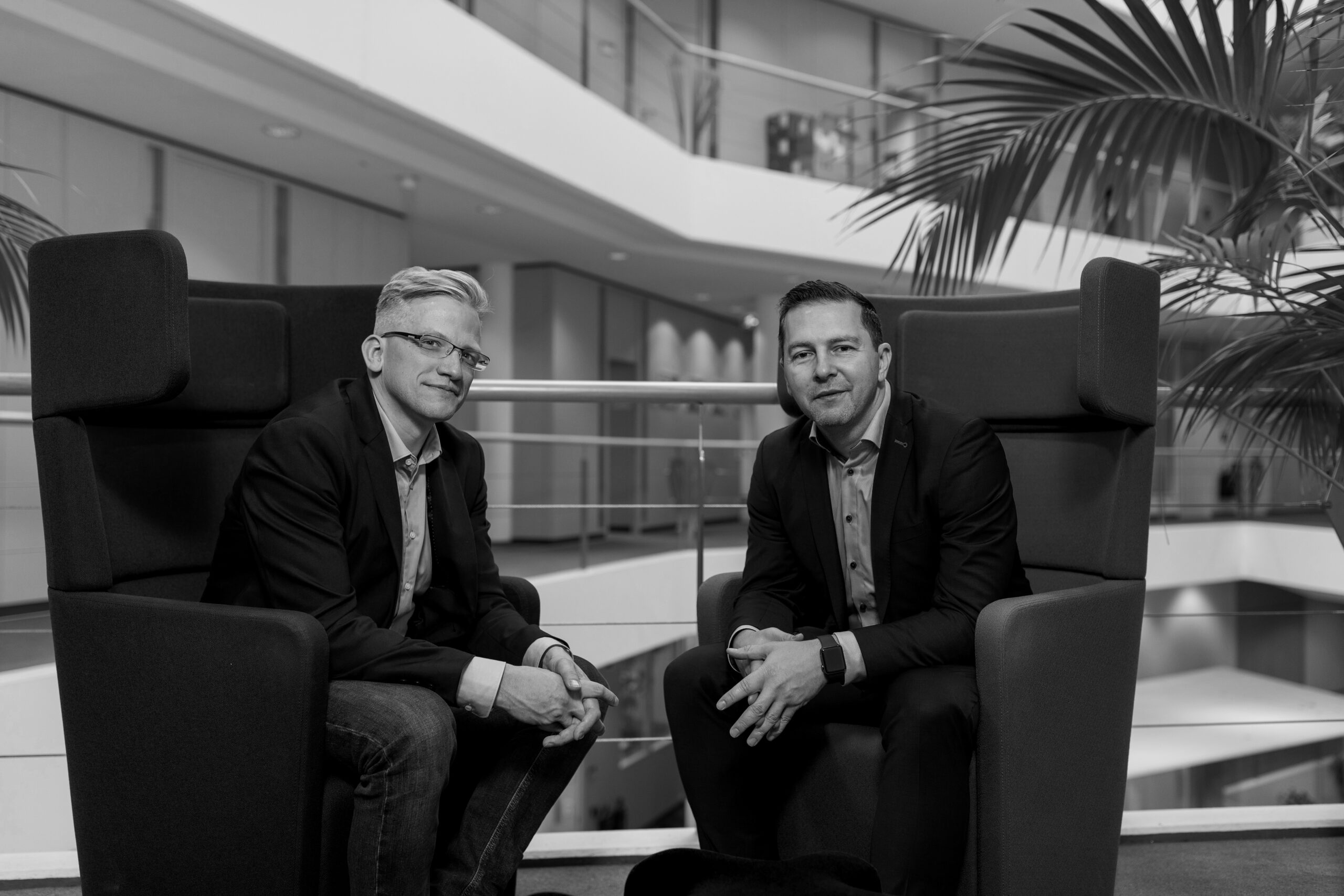Realising the potential of Machine Learning in Healthcare

The pandemic has opened doors for the implementation of advanced technologies, allowing organisations and healthcare professionals to recognise how it can be applied to fight some of the toughest challenges in the healthcare industry today. AWS’s Taha Kass-Hout explains why COVID-19 proved to be a turning point for machine learning
During times of crisis we often witness innovation and ingenuity, as demonstrated by the way organisations have come together to innovate for the greater good during the COVID-19 pandemic.
For example, 3D printing companies created face shields and nasal swabs to meet the immense demands, alcohol distilleries began manufacturing hand sanitiser, and car companies shifted gears to make ventilators.
Machine learning (ML) has played a vital role in supporting practically every aspect of healthcare during the pandemic. What we mean by this are computer systems that learn and adapt autonomously by using algorithms and statistical models to analyse and draw inferences from patterns in data to inform and automate processes. Using ML, healthcare organisations have been able to deliver remote patient care and develop predictive surge planning to help manage inpatient/ICU bed capacity in addition to vaccines to respond to COVID-19 in under a year.
Healthcare organisations now have the opportunity to build on these lessons from the past year and apply ML to address several underlying problems that plague the healthcare and life sciences communities globally.
Supporting healthy communities anywhere
Telehealth was on the rise before COVID-19, but it revealed its true potential during the pandemic. Telehealth is often viewed simply as patients and providers interacting online via video platforms but it has proven capable of doing much more. Applying ML to telehealth provides a unique opportunity to innovate, scale, and offer more personalised experiences for patients and ensure they have access to the resources and care they need, no matter where they’re located.
ML-based telehealth tools such as patient service chatbots, call centre interactions to better triage and direct patients to the information and care they require and online self-service pre screenings are helping optimise patient experiences and streamline provider assessments and diagnostics.
For example, Babylon Health, a digital-first health service provider, sought to address challenges to healthcare access through its mobile application, which connects users to services while preserving valuable healthcare resources. The app reduces the need for users to travel from remote locations – or to have come out of self-isolation during the COVID-19 pandemic – to see a doctor. Through its technology supported by AWS artificial intelligence and cloud capabilities, Babylon can monitor, observe, and take insights from the behaviour of its members so that they can see their issues before they develop to help them stay healthier and aiding preventative healthcare.
Over in the U.S., UC San Diego Health researchers deployed a ML-based algorithm that two of its radiologists had already been working on in the context of pneumonia and quickly created an experimental procedure for detecting COVID-19 signs through chest X-rays. Because UC San Diego Health already had a HIPAA-secure AWS environment, it was able to implement a real clinical workflow connected to the real clinical picture archiving and communication system in just five days.
By providing an easy way for patients to access the care, recommendations, and support they need, ML has given providers the ability to innovate and scale their telehealth platforms to support diverse and continuously changing community needs. Agile, scalable, and accessible telehealth continues to be important as providers look for ways to reach and engage patients in hard-to-reach or rural areas and those with mobility issues. Organisations and policymakers globally need to make telehealth and easy access to care a priority now and going forward in order to close critical gaps in care.
The move towards precision treatment and prevention
Beyond the unprecedented shifts in the approach to engaging, supporting, and treating patients, COVID-19 has dictated a clear direction for the future of patient care: precision medicine.
Guidelines for patient care have shifted from statistically significant outcomes gathered from a general population to outcomes based on the individual. This gives clinicians the ability to understand what type of patient is most prone to have a disease, not just what sort of disease a specific patient has. Being able to predict the probability of contracting a disease far in advance of its onset is important to determining and initiating preventative, intervening, and corrective measures that can be tailored to each individual’s characteristics.
One of the best examples of how ML is enabling precision medicine is biotech company Moderna’s ability to accelerate every step of the process in developing an mRNA vaccine for COVID-19. Moderna began work on its vaccine the moment the novel coronavirus’s genetic sequence was published. Within days, the company had finalised the sequence for its mRNA vaccine in partnership with the National Institutes of Health.
Moderna was able to begin manufacturing the first clinical-grade batch of the vaccine within two months of completing the sequencing – a process that historically has taken up to 10 years.
Educating and engaging patients
Personalised health isn’t only about treating disease. It’s about providing access to resources and information specific to a patient’s needs. ML is playing a key role in curating content that can help to educate and support patients, caregivers, and their families.
For many people, in-person mental healthcare appointments were difficult to access due to the pandemic. The market for video-based therapy boomed, but the quality of individual care was imperative for organisations like Talkspace. The company used ML to match patients with the exact care they needed to ensure they were delivering quality therapy at scale to people who deserved, but were unable to receive, that level of care. By standardising their ML workloads on AWS, they were able to understand clients better, increase the level of service, and provide time-saving tools for therapists to improve client outcomes.
What COVID-19 has taught us
For the last decade, organisations have focused on digitising healthcare. Today, making sense of the data being captured will provide the biggest opportunity to transform care. Successful transformation will depend on enabling data to flow where it needs to be at the right time while ensuring that all data exchange is secure.
Interoperability is by far one of the most important topics in this discussion. Today, most healthcare data is stored in disparate formats (e.g., medical histories, physician notes, and medical imaging reports), which makes extracting information challenging. ML models trained to support healthcare and life sciences organisations help solve this problem by automatically normalising, indexing, structuring, and analysing data.
ML has the potential to bring data together in a way that creates a more complete view of a patient’s medical history, making it easier for providers to understand relationships in the data, and compare specific data to the rest of the population. Better data management and analysis leads to better insights, which lead to smarter decisions. The net result is increased operational efficiency for improved care delivery and management, and most importantly, improved patient experiences and health outcomes.
Moving forward, envision a future in which devastating medical conditions like cancer and diabetes can be treated with care plans that are designed by ML and AI. The pandemic has opened doors for the implementation of ML, allowing organisations and healthcare professionals to recognise how it can be applied to fight some of the toughest challenges in the healthcare industry today. The exciting truth is that we’ve only just scratched the surface of what it can achieve.

Dr. Taha Kass-Hout is Vice President Machine Learning at Amazon Web Services where he has led Health AI strategy and efforts, including Amazon HealthLake, Amazon Comprehend Medical, and Amazon Omics. Taha worked with teams at Amazon responsible for developing the science, technology, and scale for COVID-19 lab testing. A physician executive and bio-statistician, Taha served two terms under President Obama, including the first Chief Health Informatics officer at the FDA. During this time as a public servant, he pioneered the use of emerging technologies and cloud (CDC’s electronic disease surveillance), and established widely accessible global data sharing platforms, the openFDA, that enabled researchers and the public to search and analyze adverse event data, and precisionFDA (part of the Presidential Precision Medicine initiative). During the H1N1 influenza pandemic in 2009-2010, Taha led CDC’s quick scale-up of monitoring hospital emergency department visits in coordination with state and local public health agencies. He holds a Doctor of Medicine and a Master of Science in Biostatistics from the University of Texas, and had his clinical training at Harvard’s Beth Israel Deaconess Medical Center.



